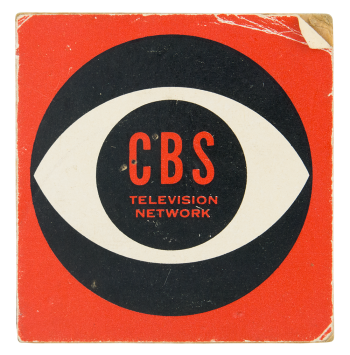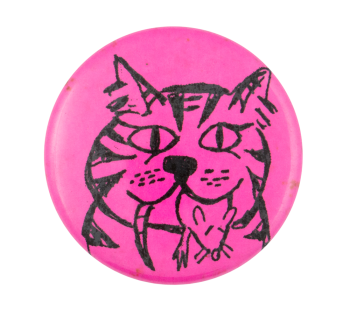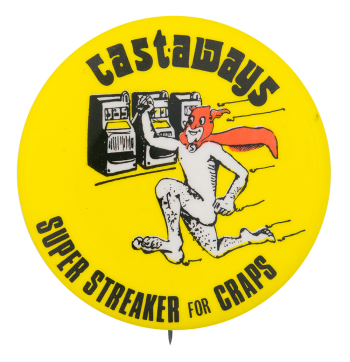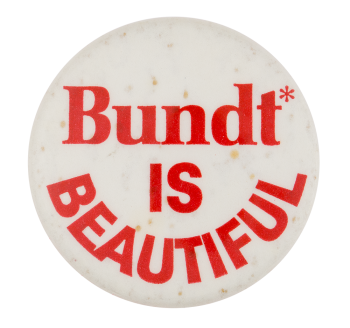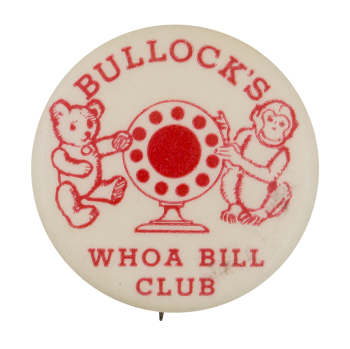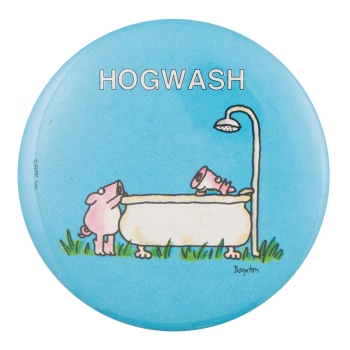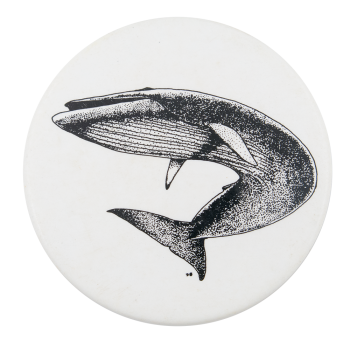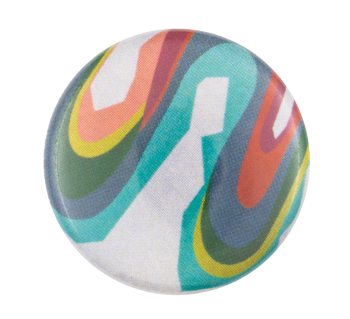Chicago Cubs Junior Booster Club
| Category | |
|---|---|
| Additional Images | |
| Sub Categories | |
| Text on Button | Chicago Cubs Junior Booster Club |
| Image Description | Blue illustration of a bear cub with red text above and below and an outer blue ring around the button on a white background. |
| Back Paper / Back Info |
Imber Quality Products L.J. Imber Co. 1639 W. Evergreen Ave Chicago, IL with union bug |
| Back Style | |
| The Shape | |
| The Size | |
| Year / Decade Made | |
| The Manufacturer | |
| Additional Information | The Chicago Junior Booster Club was created in 1948 and its membership consisted of young boys and girls from the Chicago area. According to an article that ran in the August 1949 issue of Chicago Cubs News, the Chicago Junior Booster Club was “the first organization of its type in baseball, the Cub Booster Club [had] been praised widely in baseball circles and among youth-serving organizations all over the United States.” (p. 3). The Cub Booster Club distributed 100,000 free admissions to the youth of Chicago for Cubs games at Wrigley Field in 1949. The Chicago youth had to be eligible for free admission based on merit. Those that qualified based on merit “were given a ticket to any Cub ball game scheduled during the summer vacation, and were also awarded a Booster club membership button.” The Booster Club was made possible through the sponsorship of the Cubs. Read more about the History of Cubs Buttons on the Busy Beaver blog. |
| Sources |
Peterson, P. M. (2005). Chicago’s Wrigley Field. Charleston SC: Arcadia Publishing. |
| Catalog ID | CH0128 |





